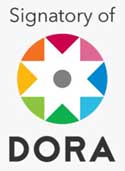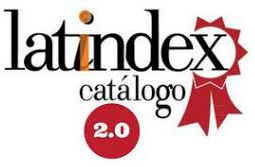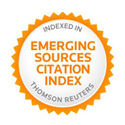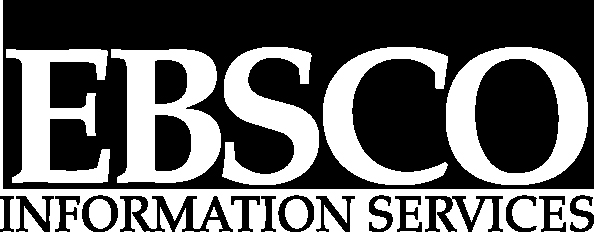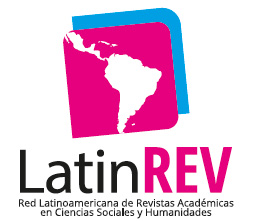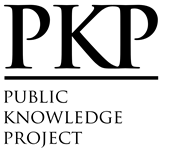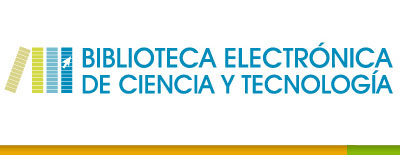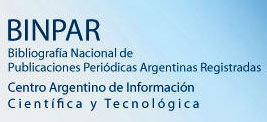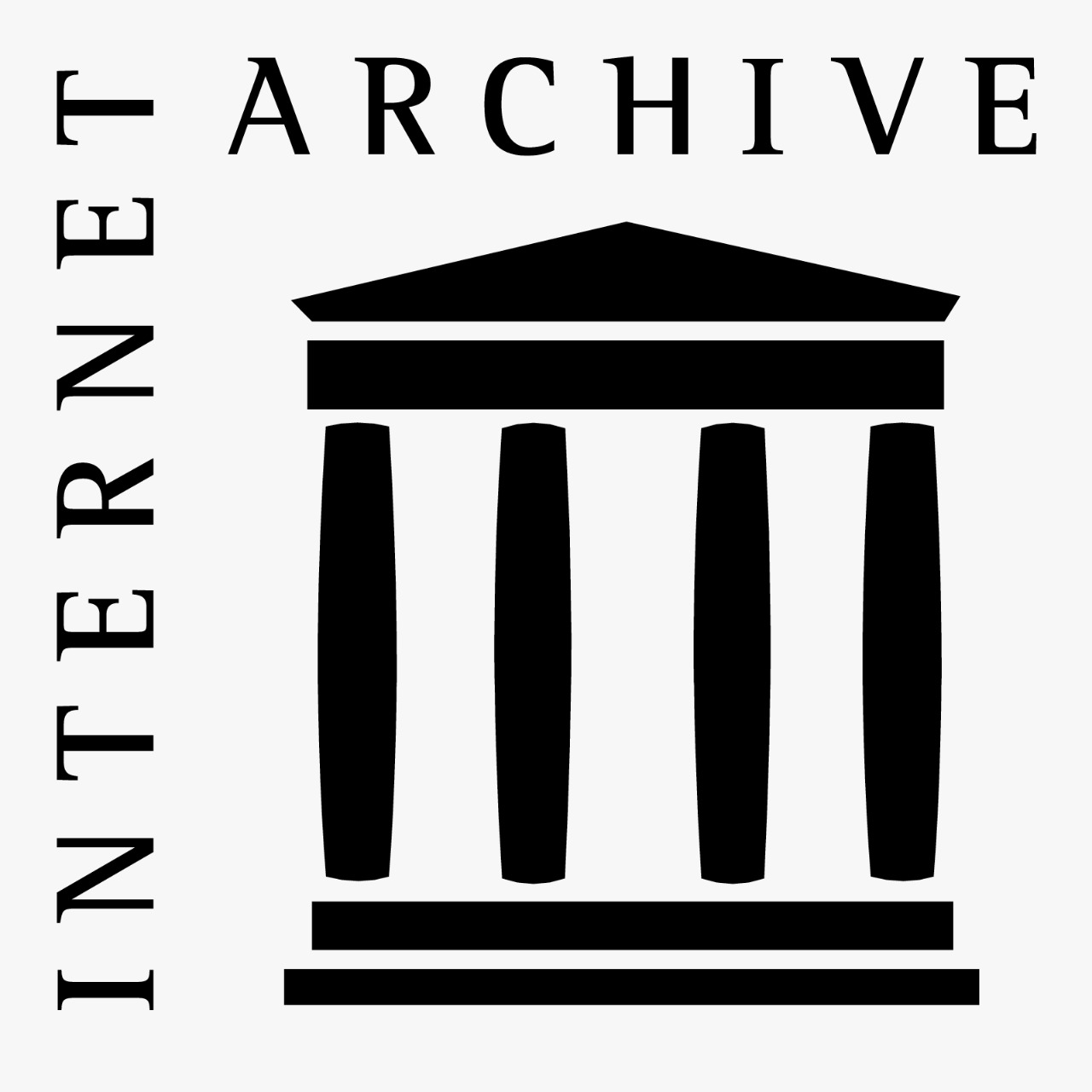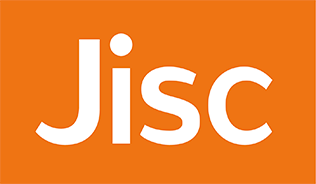A comunicação da administração hospitalar 2.0
Um novo desafio para a comunicação institucional
Resumo
Em anos recentes,o contexto da administraçao hospitalar tem passado por diversas mudanças, especialmente pela ênfase causada pelo interesse crescente em assuntos sanitários, o desenvolvimento tecnológico e o surgimento da internet, especialmente aplicações 2.0 (blogs, redes sociais, etc.). Esta situação supõe um desafio para as instituições hospitalares, que são caracterizadas pela pouca tradição que têm na gerência profissional da comunicação institucional. As diferentes aplicações da internet 2.0 constituem uma oportunidade de modo que os hospitais implantem as estratégias de comunicação institucional que permitem melhorias nas suas relações comunicativas com diferentes stakeholders. O objetivo deste artigo de revisao bibliográfica é compreender quais são os critérios principais que um hospital considera na hora de preparar sua estratégia de comunicação institucional 2.0. A conclusão do artigo indica que estes critérios são cinco: 1) combinar a aproximação comercial com a abordagem pedagógica centrada na formação do paciente em assuntos sanitários; 2) envolver os profissionais da saúde; 3) complementar as ações de uma comunicação 2.0 com as ações de uma comunicação interperssoal que ocorrem no hospital da maneira real; 4) adaptar a estratégia de uma comunicação 2.0 à política de uma comunicação institucional do hospital; e 5) respeitar as éticas comunicativa e hospitalar.
Downloads
Referências
Adams, S. (2010). Blog-based applications and health information: two case studies that illustrate important questions for consumer health informatics (CHI) research. International Journal of Medical Informatics, 79 (6), e89-e96.
Alsos, O., Das, A. & Svanaes, D. (2012). Mobile health IT: the effect of user interface and form factor on doctor-patient communication. International Journal of Medical Informatics, 81 (1), 12-28.
Argenti, P. A. (2003). Corporate communication. Boston: McGraw-Hill/Irwin.
Asenjo, M. A. (2002). Las claves de la gestión hospitalaria. 2ª. ed. Barcelona: Gestión 2000.
Banco Interamericano de Desarrollo (2009).Salud móvil: el potencial de la telefonía celular para llevar la salud a la mayoría. Washington: Banco Interamericano de Desarrollo.
Barret, R. (2003). Libérer l’âme de l’entreprise : bâtir une organisation visionnaire guidée par les valeurs. Bruxelles: De Boeck.
Boulos, M., Maramba, I. & Wheeler, S. (2006). Wikis, blogs and podcasts: a new generation of web-based tools forvirtual collaborative clinical practice and education. BMC Medical Education, 6, 41.
Buckley, P. T. (2007). The complete guide to hospital marketing. Marblehead: HCPro Inc.
Chui, M., Miller, A. & Roberts, R. G. (2009, Feb.). Six ways to make web 2.0 work.
The McKinsey Quarterly, Consultado el 2 de junio de 2012 de: http://www.mckinseyquarterly.com/Six_ways_to_make_Web_20_work_2294.
Costa, J. (2001). Imagen corporativa en el siglo XXI. Buenos Aires: La Crujía.
Fisher, J., Burstein, F., Lynch, K. & Lazarenko, K. (2008). Usability + usefulness = trust: an exploratory study of Australian health web sites. Internet Research, 18 (5), 477-498.
Fostier, P. (2005). L’influence de l’internet sur la communication médecin-patient. En:Richard, C. & Lussier, M. (eds.). La communication professionnelle en santé (p. 693-714). Québec:ERPI.
Giustini, D. (2006). How web 2.0 is changing medicine. British Medical Journal, 333 (7582), p. 1283-1284.
González, T. (2012). El cambio global de la medicina 2.0. En: Medina, P & González, T. (eds.). La comunicación médica interactiva (p.101-126). Madrid: Fragua.
Guttman, N. (2003). Ethics in health communication interventions. En: Thompson, T., Dorsey, A., Parrott, R. & Miller, K. (eds). Handbook of health communication (p. 651-679). Mahwah: Lawrence Erlbaum Associates.
Hesse, B., Nelson, D., Kreps, G., Croyle, R., Arora, N., Rimer, B. & Viswanath, K. (2005). Trust and sources of health information: the impact of the internet and its implications for health care providers: findings from the first health information national trends survey. Archives of Internal Medicine, 165 (22), 2618-2624.
Huntington, P., Nicholas, D. & Williams, P. (2003).Characterizing and profiling health we buser and site types: going beyond hits. Aslib Proceedings, 55 (5/6), 277-289.
Kamel Boulos, M., Hetherington, L. & Wheeler, S. (2007). Second life: an overview of the potential of 3-D virtual worlds in medical and health education. Health Information and Libraries Journal, 24, 233-245.
Keelan, J., Pavr, V., Balakrishnan, R. & Wilson, K. (2010). An analysis of the human papilloma virus vaccine debate on MySpace blogs. Journal of Computer-Mediated Communication, 28 (6), 1535-1540.
Kivits, J. (2009). Everyday health and the Internet: a mediated health perspective on health information seeking. Sociology of Health & Illness, 31 (5), 673-687.
Kovic, I., Lulic, I. & Brumini, G. (2008). Examining the medical blogosphere: an online survey of medical bloggers. Journal of Medical Internet Research, 10 (3), e28.
Lemire, M. (2009). Internet et responsabilisation: perspective de l’usager au quotidien. Santé Publique, 21 (2), 13-25.
McDaid, D. (2011). Online health: untangling the web. Consultado el 2 de junio de 2012 de: http://www.bupa.com/media/44806/online_20health_20_20untangling_20the_20web.pdf.
McKee, M. & Healy, J. (eds.) (2002). The role and function of hospitals. En su: Hospitals in a changing Europe (p. 59-80). Buckingham: Open University Press.
McLean, R., Richards, B. & Wardman, J. (2007). The effect of web 2.0 on the future of medical practice and education: Darwikinian evolution or folksonomic revolution? The Medical Journal of Australia, 187 (3), 174-177.
Mintzberg, H. (2004). Managers not MBAs: a hard look at the soft practice of managing and gestion development.London: Prentice Hall, Financial Times.
Moyá Garrido, M. N. (2009). Internet, salud y ciudadanía. Sevilla: Agencia de Evaluación de
Tecnologías Sanitarias.
Mucchielli, A. (2005). Information et communication interne: étude des communications: pour de nouveaux audits.2e.ed.). Paris: Armand Colin.
Nieto, A. (2008, 10 de marzo). Comunicación institucional: bases para la evaluación. Ideas tomadas en el curso de doctorado impartido por don Alfonso Nieto en la Facultad de Comunicación de la Universidad de Navarra.
O’Keeffe, G. S. & Clarke-Pearson, K. (2011). The impact of social media on children, adolescent and famílies. Pediatrics, 127, 800-804.
Organización Mundial de la Salud (2011). Global observatory for ehealth. Consultado el 2 de junio de 2012 de: http://www.who.int/goe/mobile_health/en/
Parsons, P. J. (2001). Beyond persuasion: the healthcare manager’s guide to strategic communication. Chicago: Health Administration Press.
Pew & American Life Project, California Healthcare Foundation (2009). The social life of health information. Washington DC: Pew & American Life Project, California HealthCare Foundation.
Pew Research Center’s Project for Excellence in Journalism (2011). New media, old media. Consultado el 2 de junio de 2012 de: http://www.journalism.org/analysis_report/blogosphere.
Rafalski, E. & Mullner, R. (2003). Ensuring HIPAA compliance using data warehouses for healthcare marketing. Journal of Consumer Marketing, 20 (7), 629-633.
Real Academia Española (2001). Diccionario de la lengua española. 22a. ed. Madrid: Espasa-Calpe.
Reid, G. (2008).Building an accreditation scheme for health and social care information.
Health Info Internet, 61 (1), 3-5.
Reuther, P. (2008).Mobile search work for the mobile ecosystem: implications for operators, portals, advertisers, and brands. International Journal of Mobile Marketing, 3 (2), 25-33.
Sierra Caballero, F. (2002). Comunicación, educación y desarrollo: apuntes para una historia de la comunicación educativa. Sevilla: Comunicación Social.
Sublet, V., Spring, C. & Howard, J. (2011). Does social media improve communication? Evaluating the NIOSH science blog. American Journal of Industrial Medicine, 54 (5), 384-394.
Tang, P. & Lee, T. (2009). Your doctor’s office or the internet? Two paths to personal health records.The New England Journal of Medicine, 360 (13), 1276-1278.
Van Riel, C. B. M. (1998). Comunicación corporativa. Madrid: Prentice Hall.
Van Riel, C. B. M. & Fombrun, C. J. (2007). Essentials of corporate communication: implementing practices for effective reputation gestion. Abingdon: Routledge.
Wong, R., Tan, J. & Drossman, D. (2010). Here’s my phone number, don’t call me: physician accessibility in the cell phone and e-mail era. Digestive Disease and Sciences, 55 (3), 662-667.
Wright, K. B., Sparks, L. & O’Hair, D. (2008). Health communication in the 21st century. Malden: Blackwell.
Copyright (c) 2012 Pablo Medina Aguerrebere

This work is licensed under a Creative Commons Attribution-NonCommercial 4.0 International License.
Os autores detêm os direitos autorais e garantem à revista o direito de ser a primeira publicação do trabalho. Caso uma tradução do artigo já publicado na Austral Comunicación possa ser publicada em outra revista, solicita-se registrar a publicação original na versão traduzida.
A licença utilizada é CC BY-NC-SA, que permite compartilhar (copiar e redistribuir o material em qualquer meio e formato) e adaptar (remixar, transformar e construir sobre o material) nos seguintes termos: atribuição (reconhecer a autoria) e não comercial (o material não pode ser usado para fins comerciais). Atualização: 1 de fevereiro de 2022.
A Austral Comunicación permite ao (s) autor (es) reter os direitos de publicação sem restrições.



